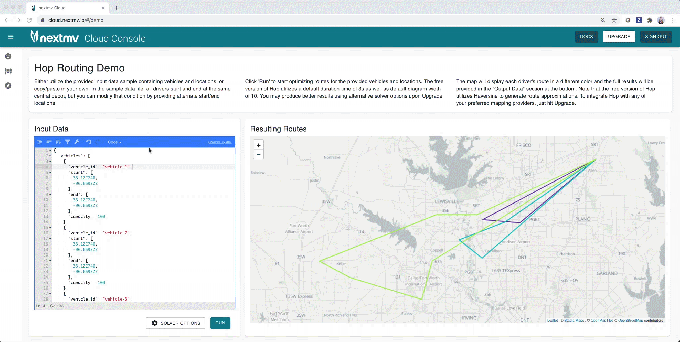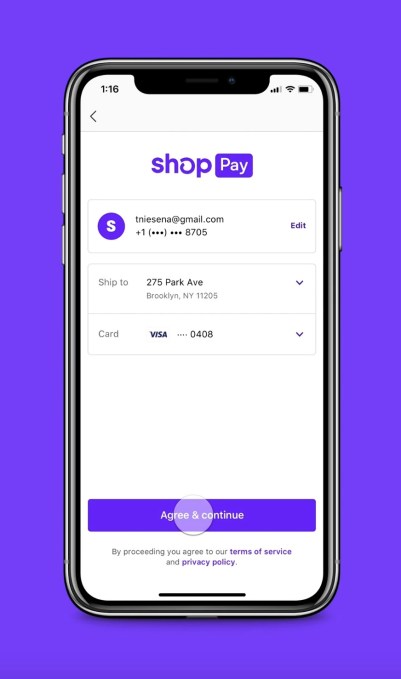“Seed rounds are up!” “Seed rounds are higher valued than ever!” “There were 10% less VCs investing in seed rounds last year!” !!!!!!!!1
We’ve all seen these stories, and we’re fine connoisseurs of them here at TechCrunch, for sure. Trend data about VC investing are always enticing to startup founders and investors, since they affect so much of the strategy and planning of building a company. If seed rounds are becoming more elusive, maybe skip on that last hire, extend the runway, and try to gain some revenues. If Series A is the new bottleneck, well, invest more in product and growth so you don’t slam into the capital wall. If money is raining down from the sky, double the team, double growth marketing spend, and go blitzscale.
It’s key market intelligence, and important. Which is why it is so frustrating that the aggregate data on VC rounds is so, goddamn bad.
Here’s a friendly reminder: there are no comprehensive datasets on VC rounds, at least in the United States) And the data quality has only gotten worse over time, particularly at the seed stage.
It’s a theme I have been harping on for years now. SEC Form D filings, which form the backbone of most trend data of VC investment rounds, have been disappearing for years now.
As I described in my analysis from way back in 2018, the biggest reason is also one that isn’t very visible: a transformation in the culture among lawyers from a culture of “always file” to a culture of avoiding filings if at all possible.
That cultural change has been driven by founders and investors who want to keep their startups stealthy and their competitors in the dark about where their finances are. Plus, founders can avoid the spectacle of salespeople beating down their door when they find out the startup has cash in the coffers.
When I talked to lawyers about how to delay filing a Form D, all gave the standard perfunctory response about the necessity of filing — until we went off-the-record. Then, lawyers opened up about how much they skirt around SEC securities regulations. As one lawyer essentially put it, there’s what the law says is required, and then what the SEC ever bothers to enforce. No one in Silicon Valley has ever been charged with a crime related to skipping out on a Form D filing, or even paid a fine that anyone seems to have any memory of.
One lawyer at the time described to me a prototypical conversation he has with founders. He doesn’t tell them not to file their Form Ds. Instead, he says that almost none of their peer founders will file securities paperwork, and thus, if they do follow the law, they would be at a competitive disadvantage. Unsurprisingly, the vast majority of founders follow the directed course.
While it might seem like the law is the law, what’s far more important than what is written in the law or SEC regulations is how the law is interpreted, which is really about the sociology of attorneys. Years ago, I was talking to a securities attorney about company valuations. He was describing to me how East Coast-based securities lawyers at the time would blanche at some of the valuation tricks that West Coast / Silicon Valley lawyers would use with startups. You can follow the law closely, and you can follow the law loosely — and neither group is altogether breaking the law.
A change in legal culture driven by founders is one aspect of the dilemma facing VC investment trend surveyors. Another, particularly at the seed stage, is the complexity of rounds today.
As my colleague Alex Wilhelm wrote this morning in The Exchange newsletter, alternative investment models are having a large effect on aggregate VC data. Rolling rounds, convertible notes, SaaS securitization products, crowdfunding, and other mechanisms have massively transformed the seed-stage investing world from the ol’ write-a-check-and-buy-equity approach. While some of these forms of investment trigger filings requirements, many of these models are so new that lawyers have been willing to skip filings given the paucity of case law associated with the regulations.
Finally, you can generally avoid a Form D by filing in the relevant state jurisdictions of the company and its investors. As much as securities law may seem federal (we talk about the SEC a heck of a lot more than the California Department of Financial Protection & Innovation), the reality is that much of securities law is still practiced at the state level. What that means is that startups can use state filings in lieu of federal filings, and those are essentially invisible since literally no one besides me and a few other journalists in the world read state securities filings.
Take for instance a cool company I covered a little while back called Hebbia, which is reinventing search on the desktop. They raised a $1.1 million pre-seed round led by Floodgate with a lot of other great investors. Now, go to the SEC search page and look for the Form D. Nothing. But if you go to the California DFPI, you will find three filings submitted on September 21, 2020 for a $1.2 million total round. There’s your filing.
Even late-stage companies can mostly go without any Form D filings. Take DoorDash, for instance, which just had a monster IPO last year. If you search through the SEC database for “DoorDash Inc,” you will find nary a Form D filing for any of the company’s 11 venture rounds that Crunchbase identifies. The first filings with the SEC are for its originally confidential Draft Registration Statement to go IPO in early 2020. Now, if you head over to California’s database again, you will find filings going back to 2016, which I presume is the five-year limit for the site’s search function.
Using state filings is not wrong, illegal, or unethical — it’s just the standard way to do business today. But few industry datasets go beyond federal Form D filings to take into account every state’s database for securities filings. There are 50 states, and many of them (looking at you Florida) are all but impenetrable to researchers and investigators.
So if the legal culture around filings has changed, more rounds are using alternative investment models, and startups aren’t filing federally, what are analysts supposed to do?
Well, they try to compensate for this sparsity by augmenting the dataset they have with publicly reported information from sites like TechCrunch, Twitter conversations, self-reported data from startups, surveys of lawyers and accountants and more to attempt to statistically estimate how many rounds were actually conducted given the limited information they have on hand. For example, if lawyers report a 15% uptick in rounds, we can guesstimate roughly how many rounds took place in a given year.
At least, that’s the idea. Unfortunately, there really is no way to measure the inaccuracy of this approach, since there is no administrative dataset to compare our estimations to.
What percentage of rounds go undisclosed? It’s impossible to count something we can’t count, but my guess covering the industry is something on the order of 50-60% of seed rounds, a third of Series A/B rounds, and a declining percentage the later a company goes (at a certain point, Form Ds solve a lot of problems for companies when it comes to securities paperwork and mitigating legal risk).
Even the government doesn’t have data better than us. Take a story from last week in the Wall Street Journal about how the Department of Justice is investigating startups that took money from Chinese investors. The DoJ isn’t taking advantage of some secret database to identify all the investors that are hidden from the general public. They don’t know themselves! From the article:
Startup investments are exempt from many of the disclosures required from public companies. Last year, Cfius launched a new confidential tip line to help surface deals. In some cases, companies have alerted Cfius to a rival’s connections with foreign investors, said startup executives and lawyers.
Contact Us
Got a tip? Contact us securely using
SecureDrop. Find out more
here.
(That last bit is just so juicy – a good reminder that we have a Secure Drop if you want to similarly slam a rival).
Ultimately, VC investment trend data is interesting and key market intelligence, and it might be — at a very high level — directionally right. There are just huge constraints on the ability of market researchers and data companies to comprehensively analyze the market in an accurate way. Everyone tries their best, but the reality is that if startups don’t have to disclose their investor data, there’s literally no other source for the information.






